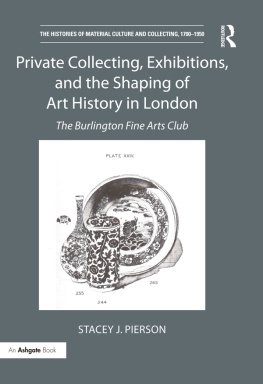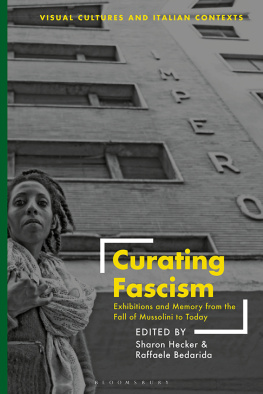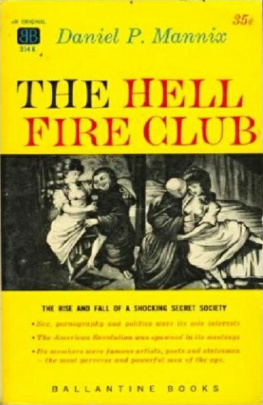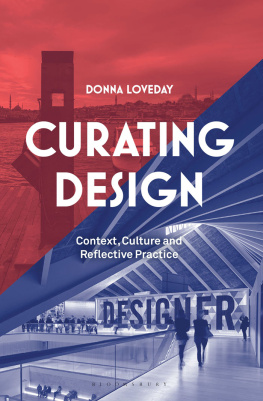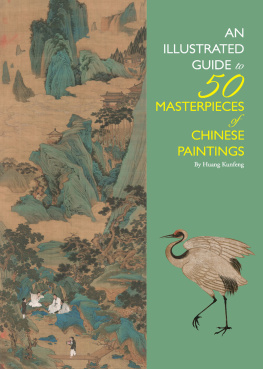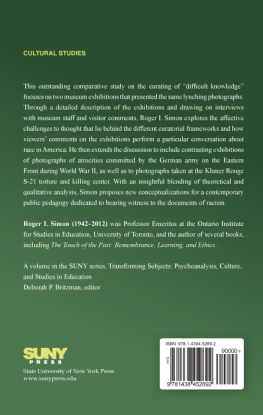
Private Collecting, Exhibitions and the Shaping of Art History in London
The Burlington Fine Arts Club was founded in London in 1866 as a gentlemens club with a singular remit to exhibit members art collections. Exhibitions were proposed, organized, and furnished by a group of prominent members of British society who included aristocrats, artists, bankers, politicians, and museum curators. Exhibitions at their grand house in Mayfair brought many private collections and collectors to light, using members social connections to draw upon the finest and most diverse objects available. Through their unique mode of presentation, which brought museum-style display and interpretation to a grand domestic-style gallery space, they also brought two forms of curatorial and art historical practice together in one unusual setting, enabling an unrestricted form of connoisseurship, where new categories of art were defined and old ones expanded. The history of this remarkable group of people has yet to be presented and is explored here for the first time. Through a framework of exhibition themes ranging from Florentine painting to Ancient Egyptian art, a study of lenders, objects, and their interpretation paints a picture of private collecting activities, connoisseurship, and art world practice that is surprisingly diverse and interconnected.
Stacey J. Pierson is a Senior Lecturer in the Department of Art and Archaeology at the School of Oriental and African Studies, University of London. Her areas of specialization include ceramic history (China) and the history of collecting and display. Her most recent publication was From Object to Concept: Global Consumption and the Transformation of Ming Porcelain (Hong Kong University Press, 2013).
The Histories of Material Culture and Collecting, 17001950
Series Editor: Michael Yonan
University of Missouri-Columbia, USA
The Histories of Material Culture and Collecting, 17001950 provides a forum for the broad study of object acquisition and collecting practices in their global dimensions. The series seeks to illuminate the intersections between material culture studies, art history, and the history of collecting. It takes as its starting point the idea that objects both contributed to the formation of knowledge in the past and likewise contribute to our understanding of the past today. The human relationship to objects has proven a rich field of scholarly inquiry, with much recent scholarship either anthropological or sociological rather than art historical in perspective. Underpinning this series is the idea that the physical nature of objects contributes substantially to their social meanings, and therefore that the visual, tactile, and sensual dimensions of objects are critical to their interpretation. This series therefore seeks to bridge anthropology and art history, sociology and aesthetics.
For a full list of titles in this series, please visit www.routledge.com/The-Histories-of-Material-Culture-and-Collecting-1700-1950/book-series/ASHSER2128
Manufacturing the Modern Patron in Victorian California
Cultural philanthropy, industrial capital, and social authority
John Ott
Craft, Community and the Material Culture of Place and Politics, 19th20th Century
Edited by Janice Helland, Beverly Lemire, and Alena Buis
British Models of Art Collecting and the American Response
Reflections across the pond
Edited by Inge Reist
Textiles, Fashion, and Design Reform in Austria-Hungary before the First World War
Principles of dress
Rebecca Houze
William Hunters World
The art and science of eighteenth-century collecting
Edited by Geoffrey Hancock, Nick Pearce, and Mungo Campbell
Materializing Gender in Eighteenth-Century Europe
Edited by Jennifer G. Germann and Heidi A. Strobel
Silver in Georgian Dublin
Making, selling, consuming
Alison Fitzgerald
Private Collecting, Exhibitions and the Shaping of Art History in London
The Burlington Fine Arts Club
Stacey J. Pierson
Private Collecting, Exhibitions and the Shaping of Art History in London
The Burlington Fine Arts Club
Stacey J. Pierson

First published 2017
by Routledge
711 Third Avenue, New York, NY 10017
and by Routledge
2 Park Square, Milton Park, Abingdon, Oxon OX14 4RN
Routledge is an imprint of the Taylor & Francis Group, an informa business
2017 Taylor & Francis
The right of Stacey J. Pierson to be identified as author of this work has been asserted by her in accordance with sections 77 and 78 of the Copyright, Designs and Patents Act 1988.
All rights reserved. No part of this book may be reprinted or reproduced or utilised in any form or by any electronic, mechanical, or other means, now known or hereafter invented, including photocopying and recording, or in any information storage or retrieval system, without permission in writing from the publishers.
Trademark notice: Product or corporate names may be trademarks or registered trademarks, and are used only for identification and explanation without intent to infringe.
Library of Congress Cataloging in Publication Data
A catalog record for this book has been requested
ISBN: 978-1-138-23262-4 (hbk)
ISBN: 978-1-315-31193-7 (ebk)
Typeset in Sabon
by Book Now Ltd, London
Contents
PART 1
Introduction
PART 2
Exhibitions
PART 3
Epilogue
In 1910, an exhibition opened in London which introduced visitors to a new category of Chinese ceramics: Early Chinese Pottery and Porcelain. The exhibition was presented by the Burlington Fine Arts Club and included over 480 club members objects, ranging from Han pottery to Ming porcelain. The ceramics were lent by prominent collectors and specialists, such as George Eumorfopoulos (18631939), R. L. Hobson (18721941), and W. C. Alexander (18401916). A total of 3548 visitors (excluding Club members) saw the show and among these were local potters who noted that the exhibition introduced them to a new aesthetic.). Early Chinese Pottery and Porcelain was not a museum exhibition, however, but rather a display that was organized by a group of private collectors who belonged to an unusual social club in London.
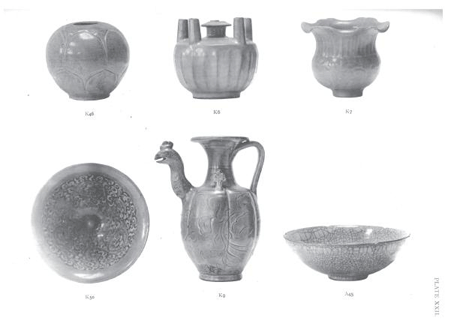
The Burlington Fine Arts Club was founded in 1866 as a gentlemens club with a singular remit to exhibit members objects in both ordinary and biannual special exhibitions, the latter usually being accompanied by a catalogue. Both types of exhibitions were proposed, organized, and furnished by members of the Club, and special exhibitions were further open to the public by invitation. The Club was founded by a small group of private collectors, politicians, and museum curators and its exhibitionary activities made it unique both among gentlemens clubs in London in the nineteenth century and exhibition spaces. Their exhibitions were entirely privately funded and organized within their own premises in Mayfair. This was, therefore, a significant venue for art displays in London that was not attached to a publicly-funded institution or an artists society. In consequence, the exhibitions reflected the members personal and collective interests in art and objects at that time. Their interpretation of these collected items also reflected the members and associated specialists views of connoisseurship, art history and thematic display.
Next page
